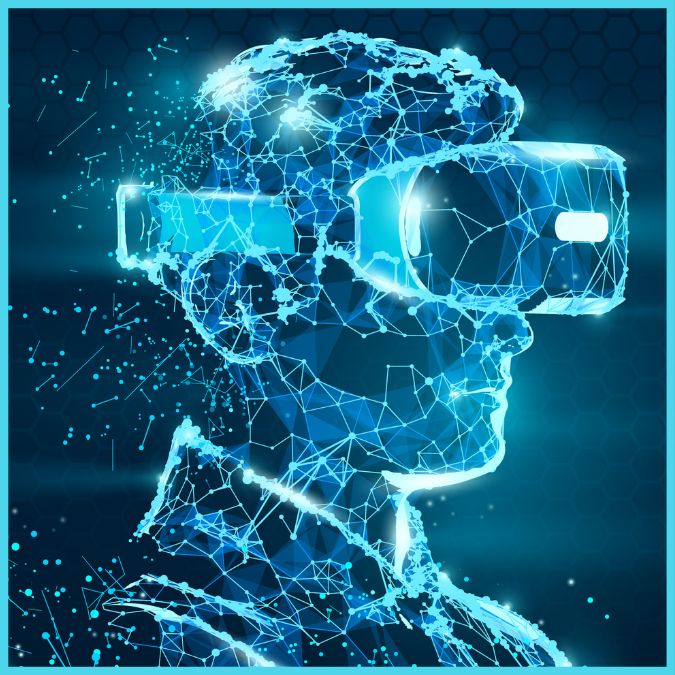5,653 reads
How to Get Paid in the Metaverse Creator Economy Today
by
October 24th, 2021
Audio Presented by

versetech.ai is a community of content / product creators helping populate virtual worlds & aim closer to the Metaverse
About Author
versetech.ai is a community of content / product creators helping populate virtual worlds & aim closer to the Metaverse